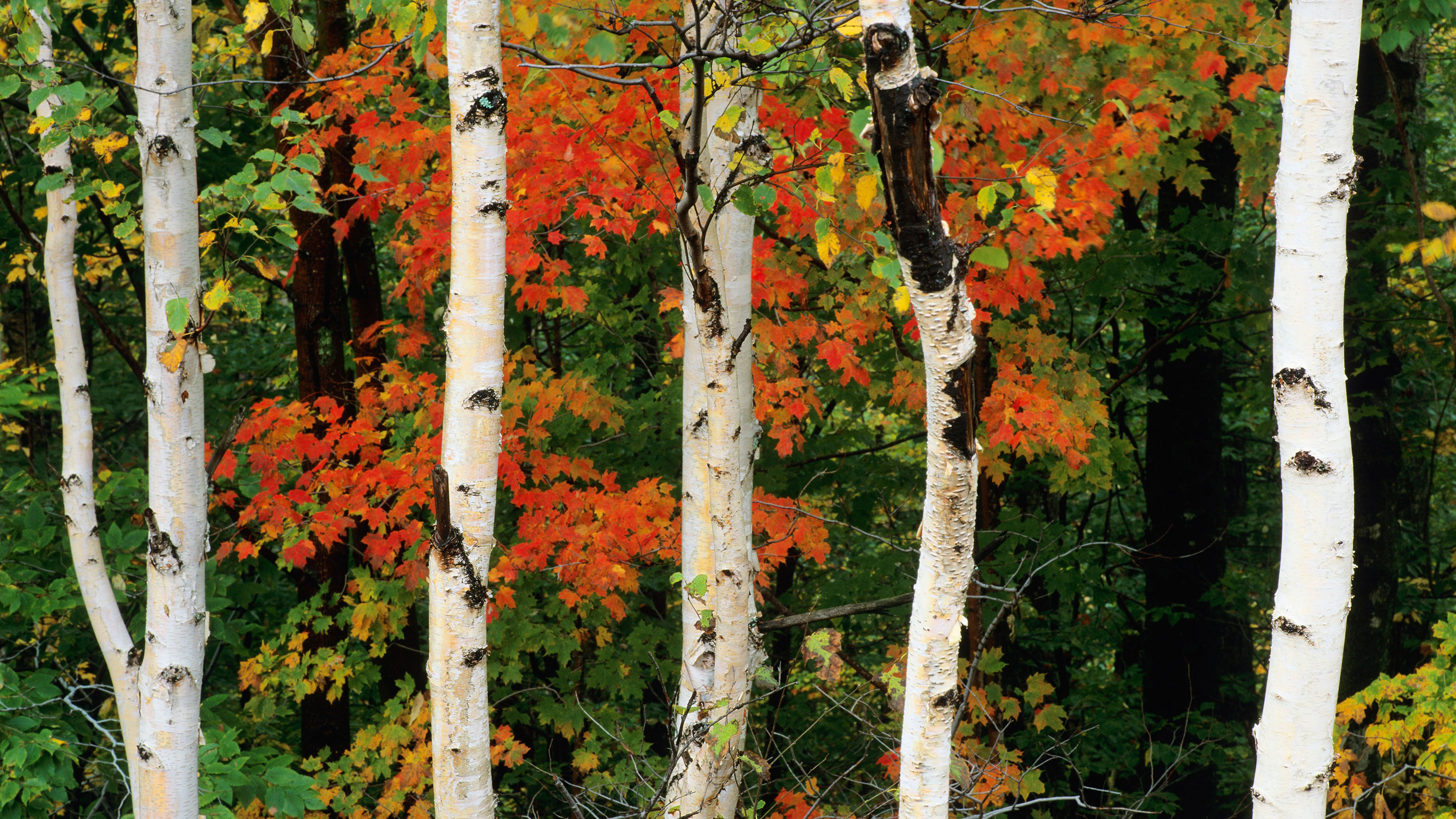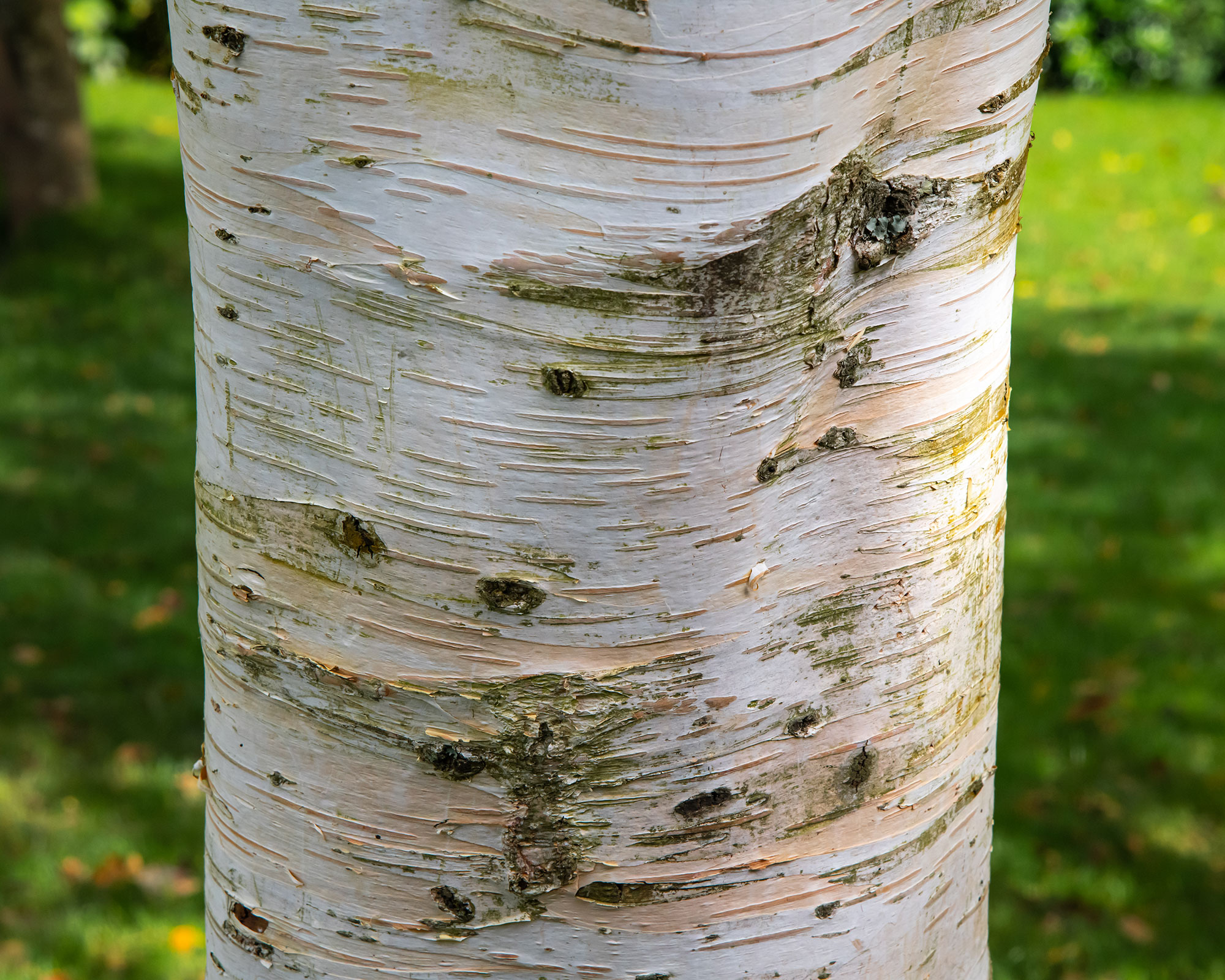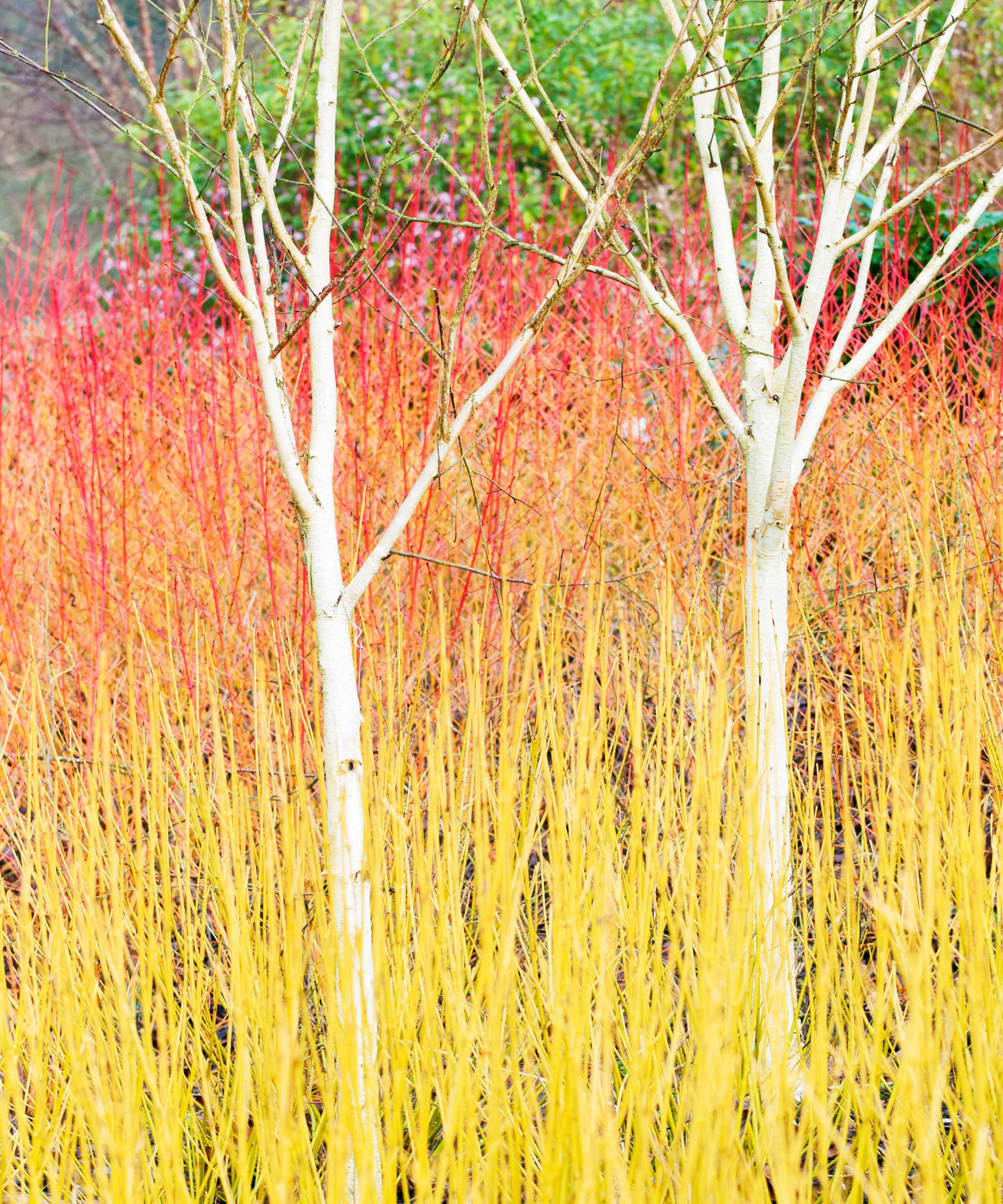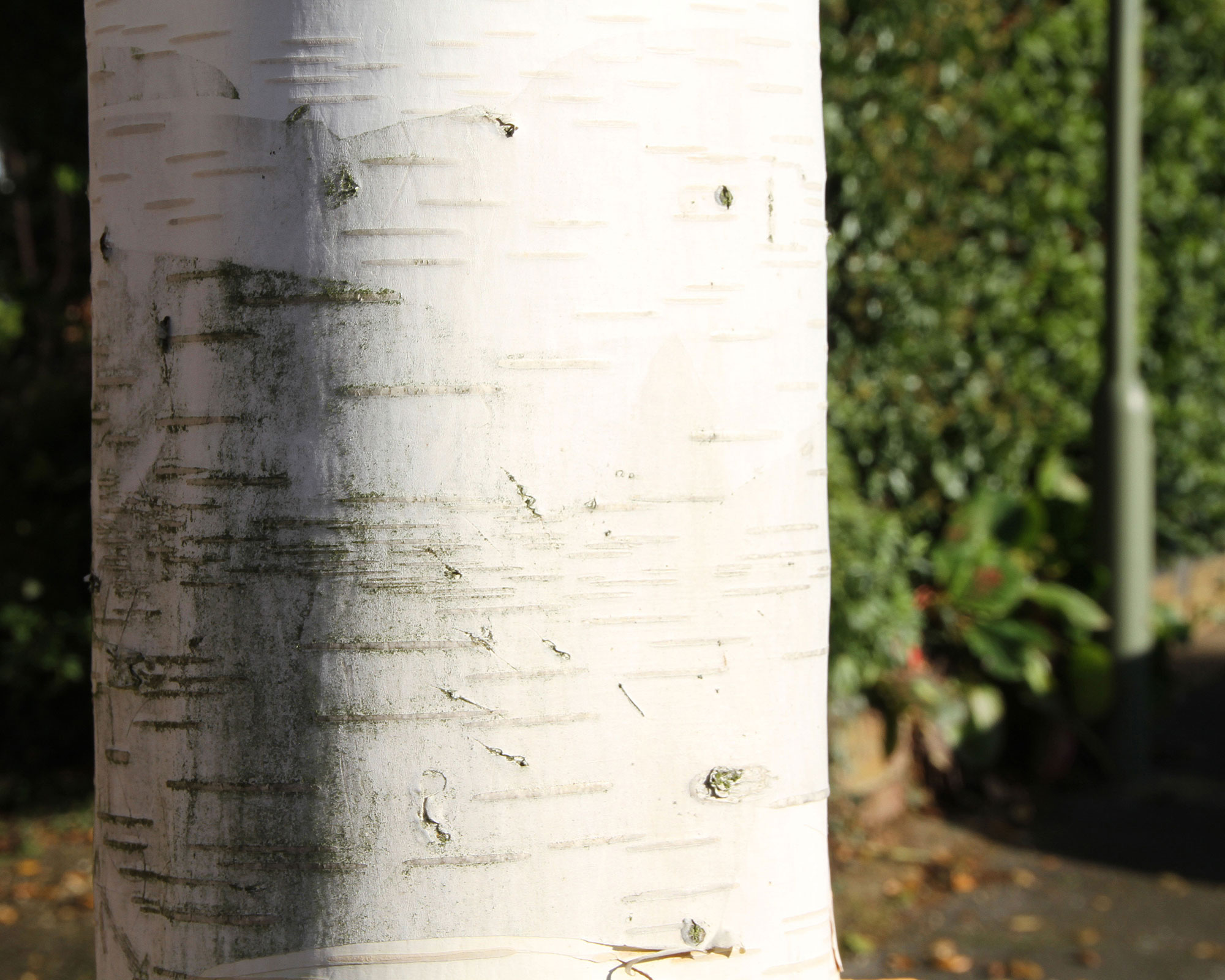Experts reveal how to make white bark trees gleam this winter
It's all down to simple soap and water


If it’s good enough for the Royal Horticultural Society (RHS), then it’s probably OK for the rest of us to consider it too. At RHS Rosemoor in Devon, England, curator Jonathan Webster started washing the bark of the shimmering birch trees three years ago to improve their lustre and make them more colorful in winter.
'During the darker days of winter we all need our gardens to shine bright to help lift our spirits,' he told reporters when the project started in 2019. 'Trees with white bark are great at doing this, capturing the winter light. The Himalayan birch with pure white ghostly trunks are a sight to behold against the dark winter landscape.'
But do what do other experts think of the tree cleaning method used at RHS Rosemoor?

Cleaning white bark trees in winter
Richard Kelly, home and garden expert at Unique Home Guide agrees that taking care of birch tree bark with a mild solution of dish soap, warm water and a sponge can deliver spectacular results.
'Yes, this is a great way to add some sparkle to your yard during the winter months,' he says. 'The soap helps break down the tannins and oils on the bark, giving it a vibrant, shimmery look. However, this is not something you should do with all trees; it's only safe to use on certain species like silver birch/paper birch/ornamental trees.'

Simple cleaning solutions you can use
Dish soap is a detergent and also has antibacterial properties – it usually contains a chemical called saponin, which occurs naturally in vegetation – that may help to treat fungal infections on the bark of a tree, says Stacie Krljanovic, a groundkeeper and advisor to outdoor furniture company Patio Productions.
'It will not harm the tree if you use it in moderation: just dilute it with water and apply it with a spray bottle. You should only apply this solution after the first frost of the season, however, as it can cause damage to the tree if applied before then.'

Richard says you can also use a solution of two parts warm water and one part distilled white vinegar to clean your white barked backyard trees: 'This will help break down the waxes, oils, and tannins on the bark without using any chemicals or soaps.
'Another natural option to give your tree's bark some shine is to spread a thin layer of petroleum jelly or coconut oil onto it.'
What will you use to give your trees that extra sparkle over the holidays?

Jayne Dowle is an award-winning gardening, homes and property writer who writes for publications including Sunday Times Home, Times Bricks & Mortar, Grand Designs, House Beautiful and The Spectator. She was awarded the Garden Journalist of the Year accolade at the Property Press Awards in 2021.
